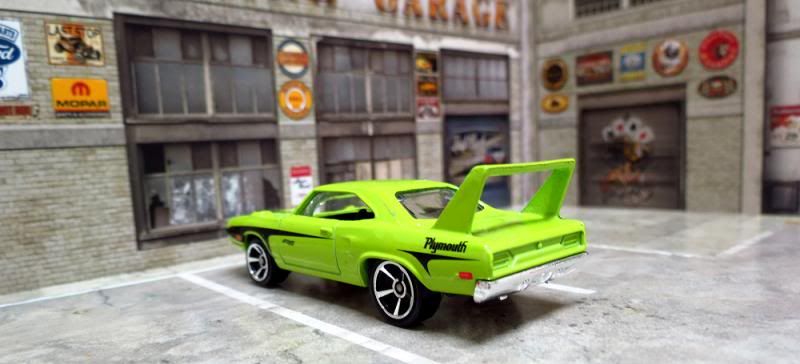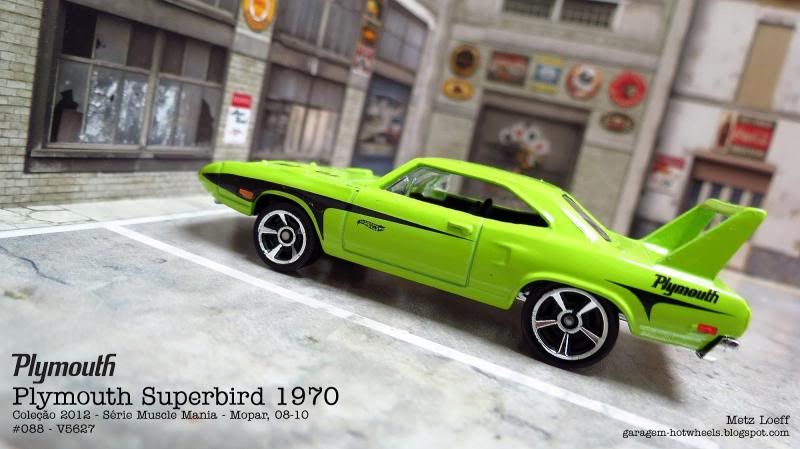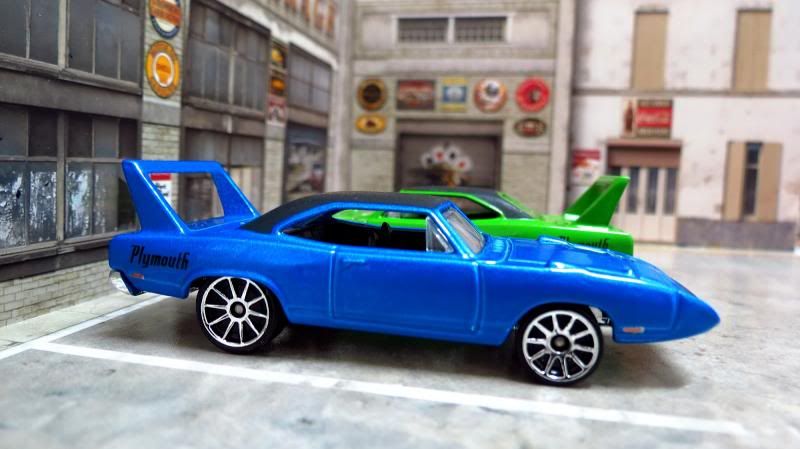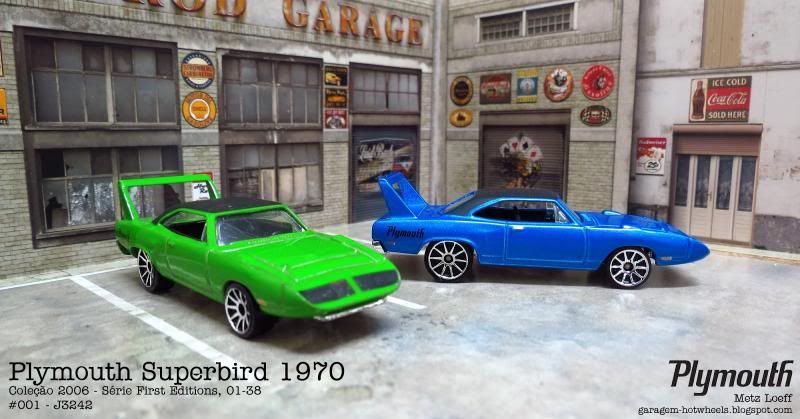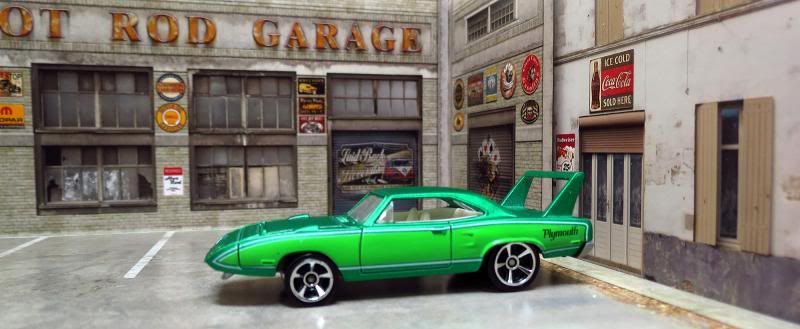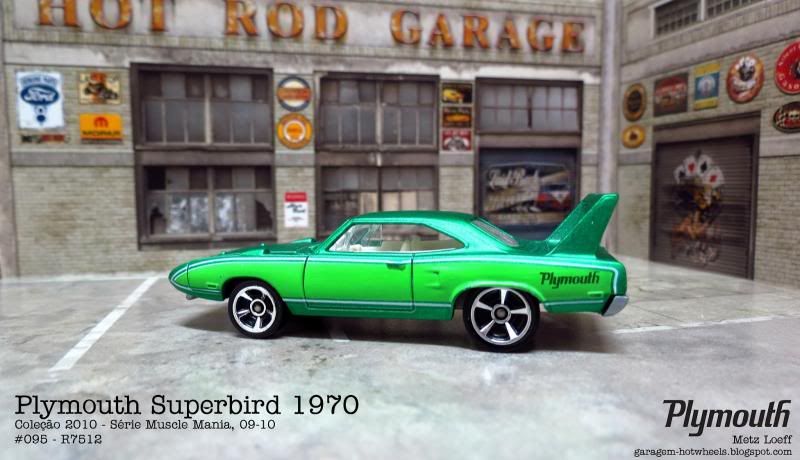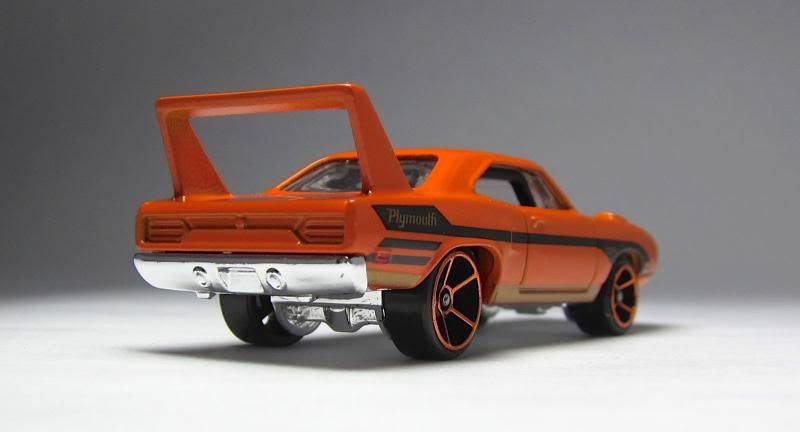Post by ferrari512s on Feb 12, 2014 16:58:09 GMT -5
The short-lived Plymouth Road Runner Superbird was a highly modified version of the Plymouth Road Runner with well known graphics and horn. Adding the looney tunes Roadrunner character gave it instant notoriety.
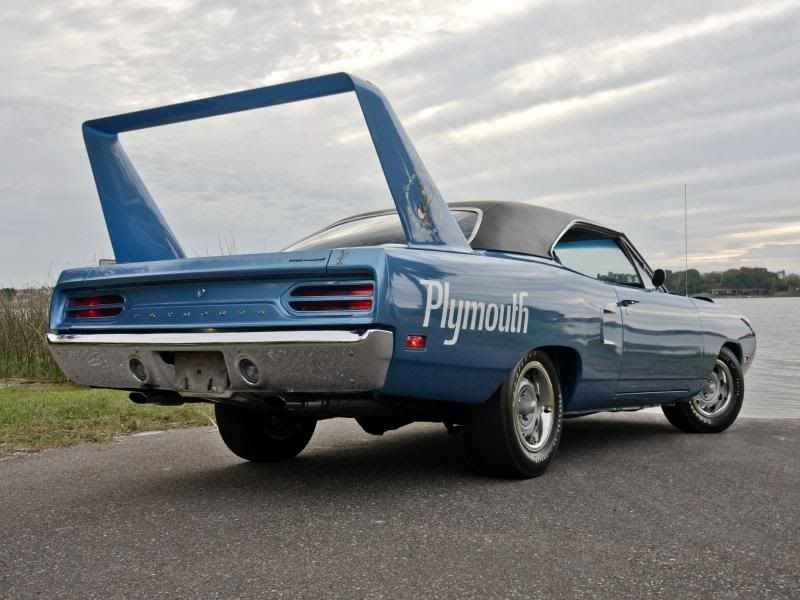
It was the factory's follow up stock car racing design for the 1970 season to the Dodge Charger Daytona of 1969, and incorporated many engineering changes and modifications (both minor and major) garnered from the Daytona's season in competition on the track. A major accomplishment in such a short time span.

The car's primary rival was the Ford Torino Talladega, which in itself was a direct response to the Mopar aero car. It has also been speculated one motivating factor in the production of the car was to lure Richard Petty back to Plymouth. And that actually worked! Richard Petty came back for more...
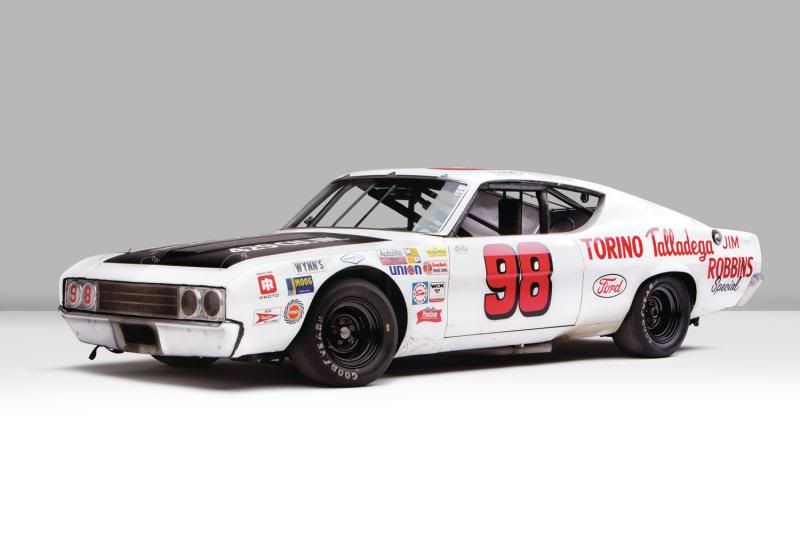
Both of the Mopar aero cars famously featured a protruding, aerodynamic nosecone, a high-mounted rear wing and, in the case of the Superbird, a horn which mimicked the Road Runner cartoon character. This Superbird can really move and looks unique with the high-mounted rear wing!
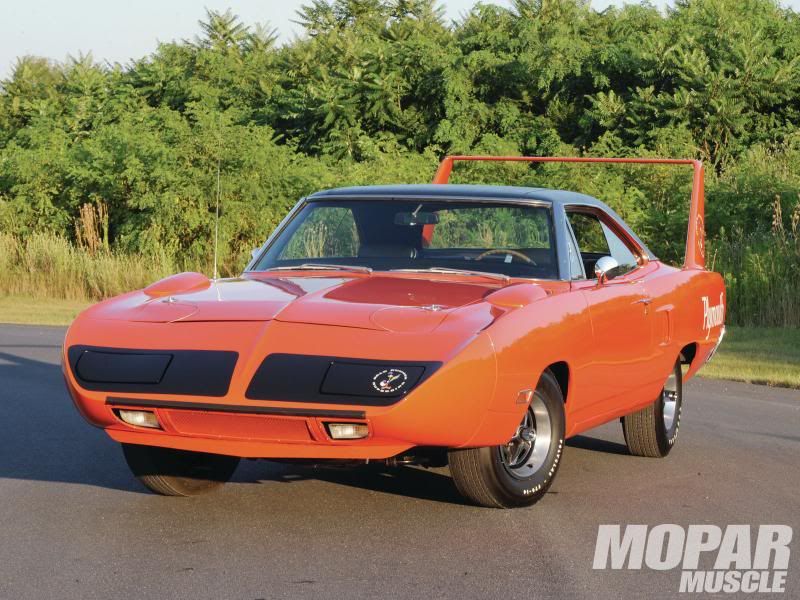
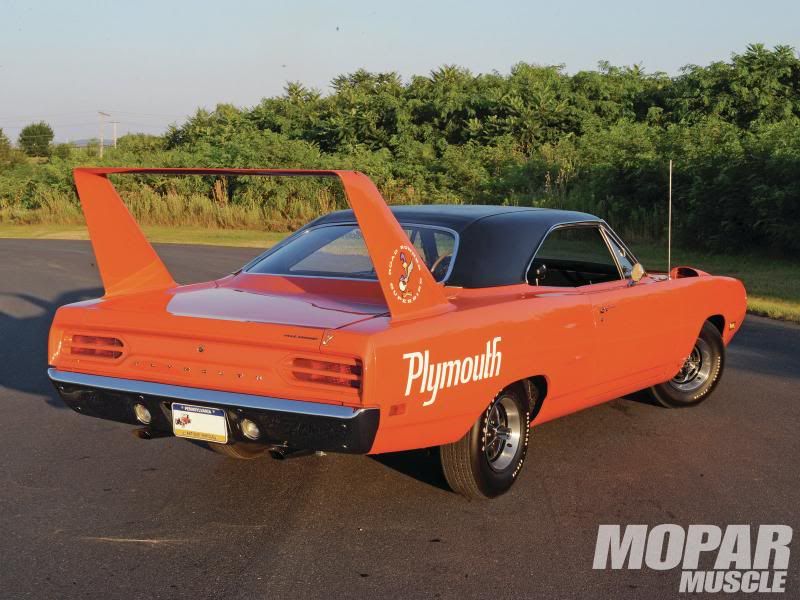
History of the Plymouth Superbird
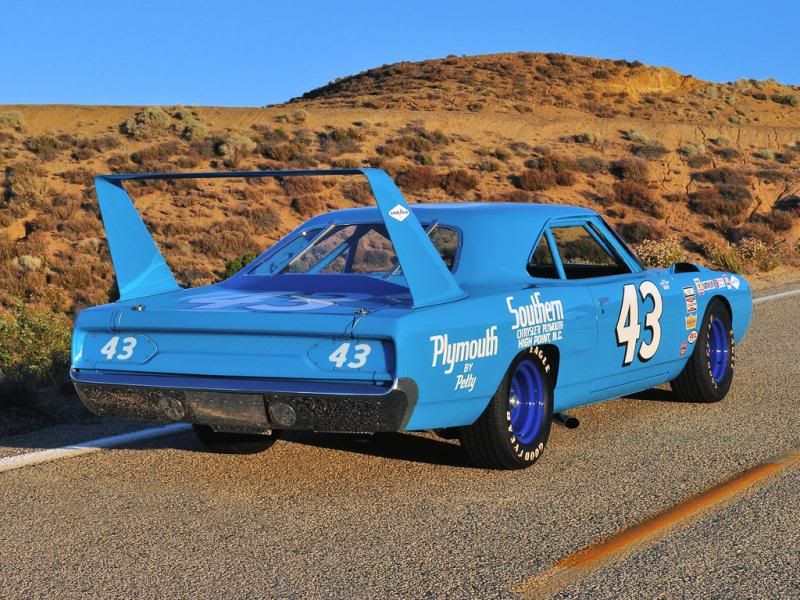
Developed specifically for NASCAR racing, the Superbird, a modified Road Runner, was Plymouth's follow-on design to the Charger Daytona fielded by sister company Dodge in the previous season.
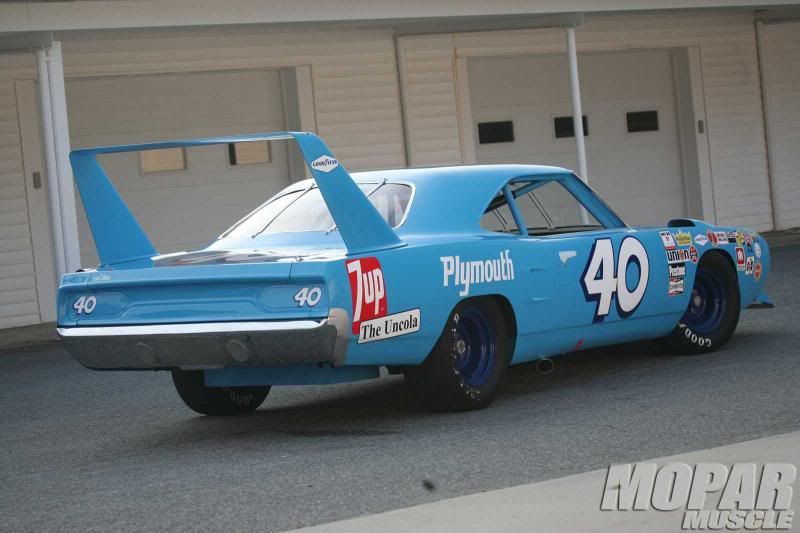
The Charger 500 version that began the 1969 season was the first American car to be designed aerodynamically using a wind tunnel and computer analysis, and later was modified into the Daytona version with nose and tail.
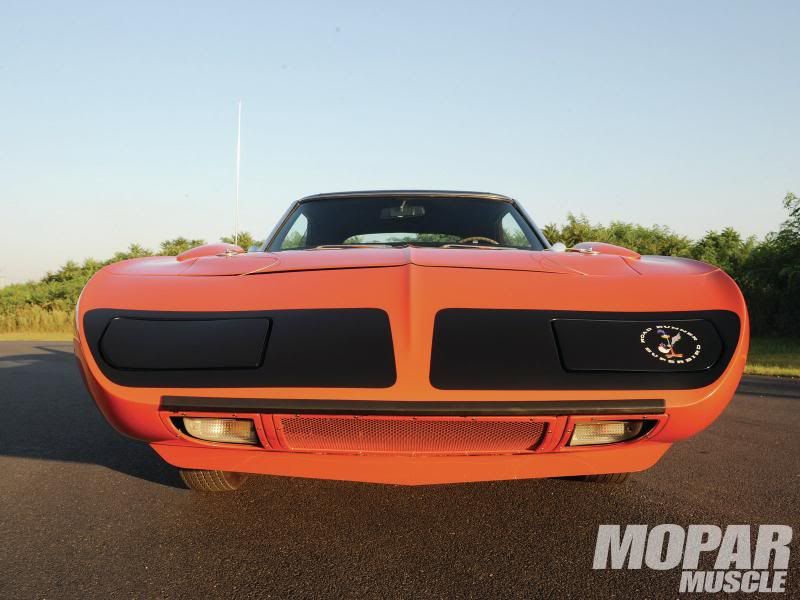
The Superbird's smoothed-out body and nosecone were further refined from that of the Daytona, and the street version's retractable headlights (made of fiberglass[5]) added nineteen inches to the Road Runner's original length.
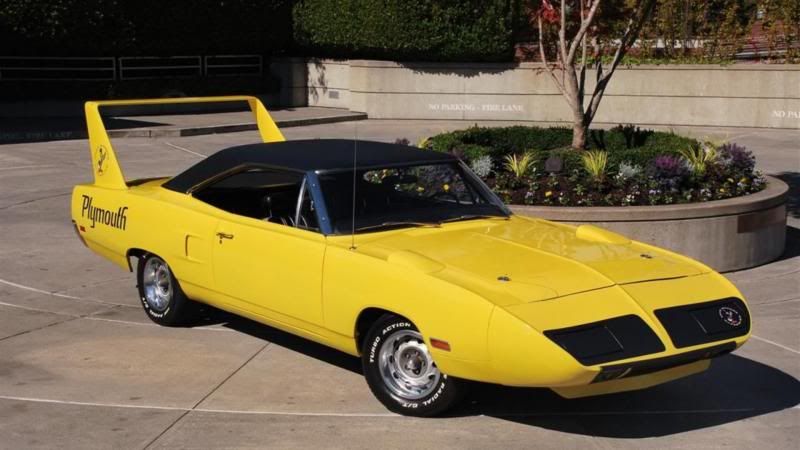
The rear wing was mounted on tall vertical struts that put it into less disturbed air thus increasing the efficiency of the downdraft that it placed upon the car's rear axle.

For nearly 30 years the mathematical formula used to determine the exact height of the enormous wing was thought to be a highly guarded Chrysler secret.
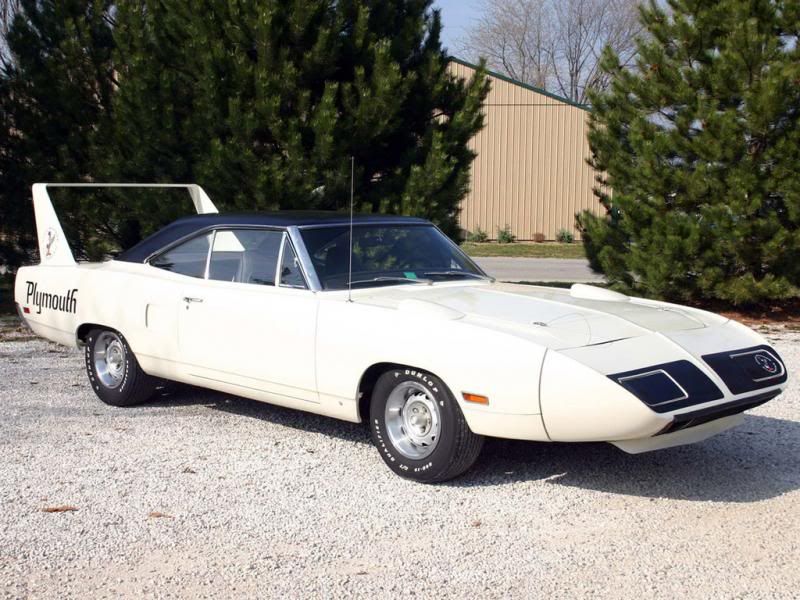
However, in the 1990s a retired Chrysler project engineer admitted publicly that the height was determined in much simpler fashion: it was designed to provide clearance for the trunklid to open freely. (So that was the well kept secret? Too much!)
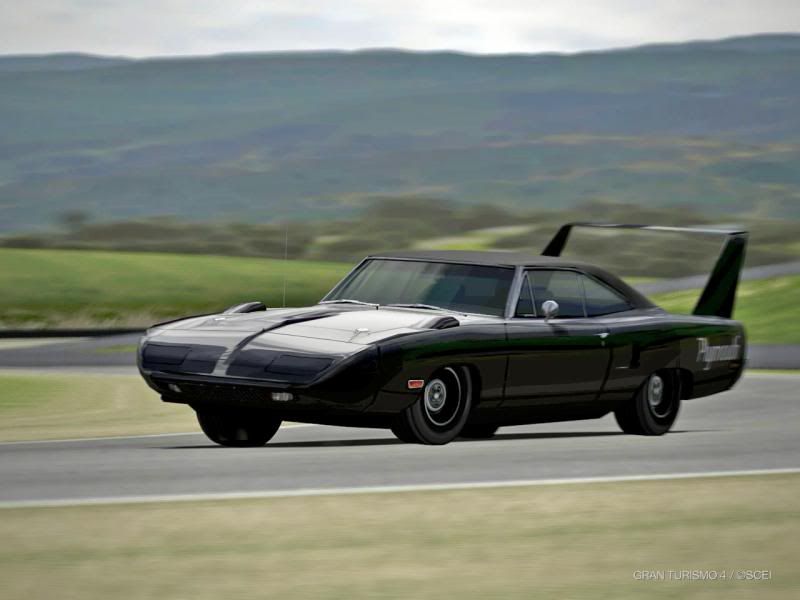
The rear-facing fender scoops were to hide cut outs in the hood. These cutouts were thought to allow wheel clearance due to the lowered height of the car for NASCAR, but in reality the NASCAR tire was wider than the cutout and the scoop itself.
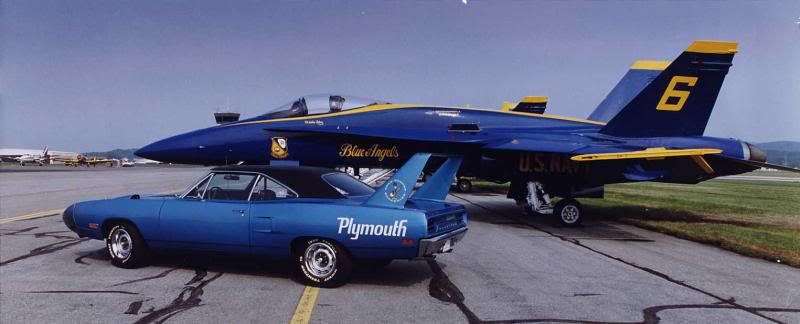
Therefore there was no room for tire clearance. The scoop were actually for ventilating trapped air from the wheel wells in order to facilitate reduced under fender air pressure and lift. Ground clearance was 7.2".[6]
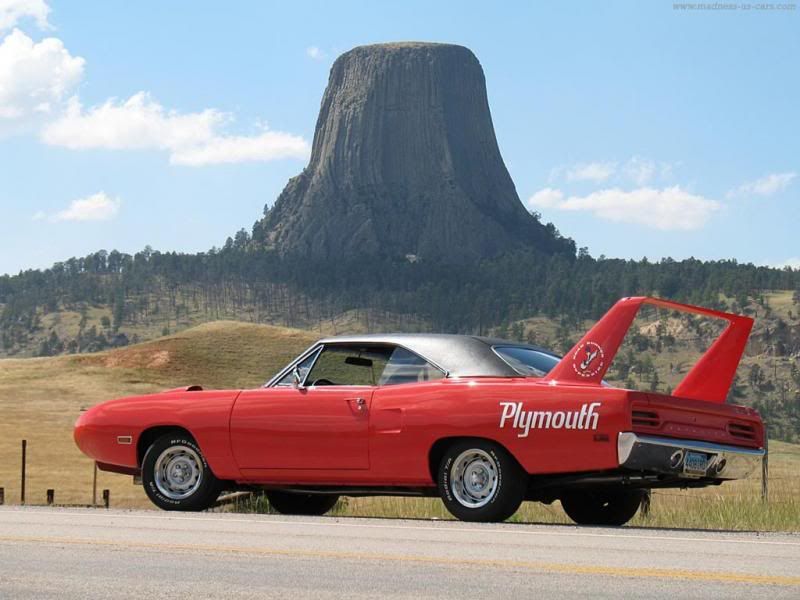
NASCAR's homologation requirement demanded that vehicles to be raced must be available to the general public and sold through dealerships in specific minimum numbers.
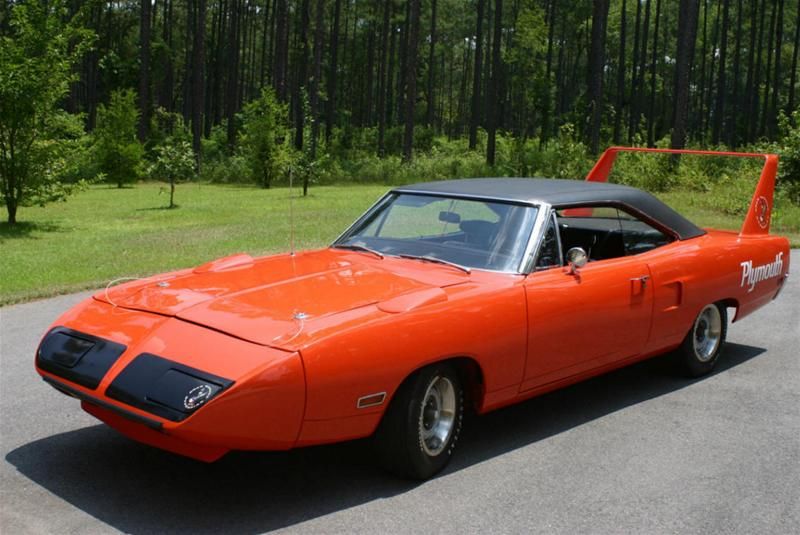
For 1970, NASCAR raised the production requirement from 500 examples to one for every two manufacturer's dealers in the United States; in the case of Plymouth, that meant having to build 1,920 Superbirds.
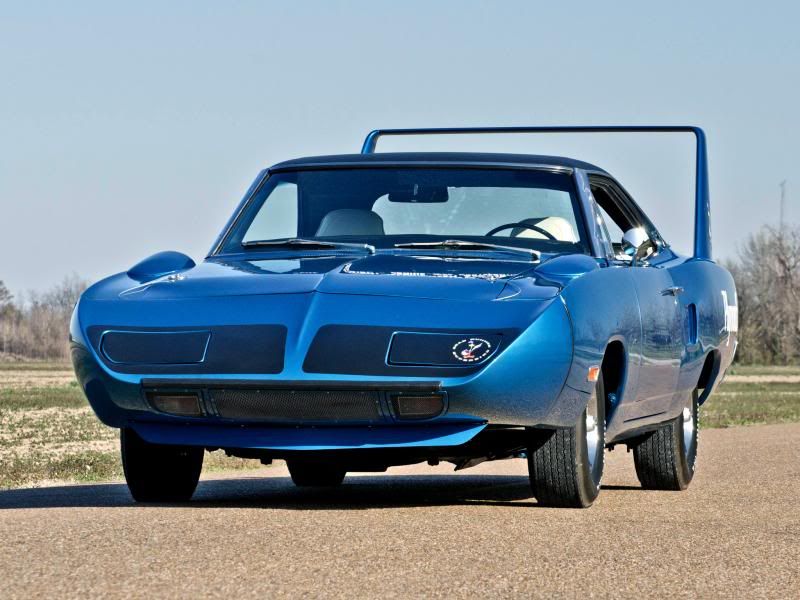
Due to increasing emissions regulations, combined with insurance hikes for high performance cars, 1970 was its only production year. Quite unfortunate for consumers who were admirers of this car. Chances to acquire this item became rather slim.
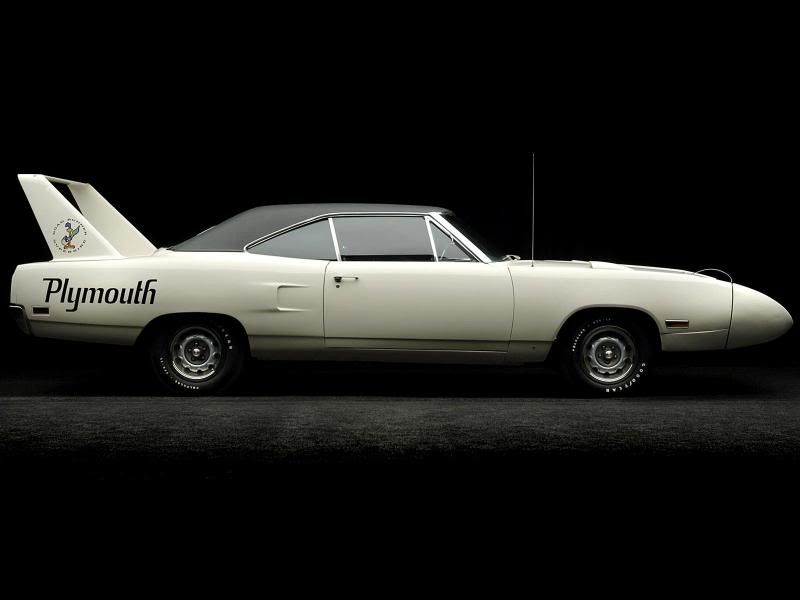
The "Superbird" decals were placed on the outside edges of the spoiler vertical struts featuring a picture of the Road Runner cartoon character holding a racing helmet. What a cool idea to represent such a sleek design.
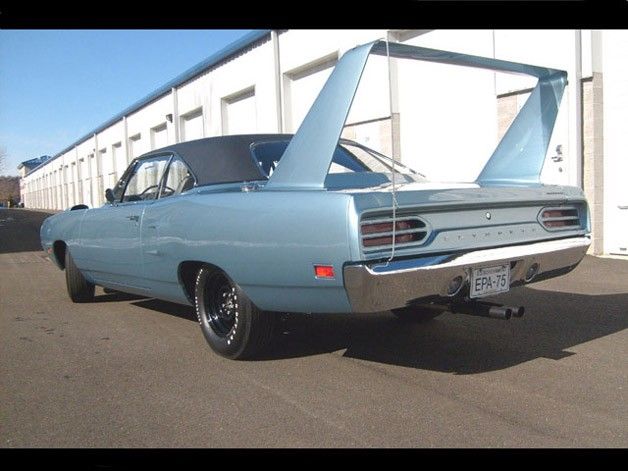
A smaller version of the decal appears on the driver side headlight door.
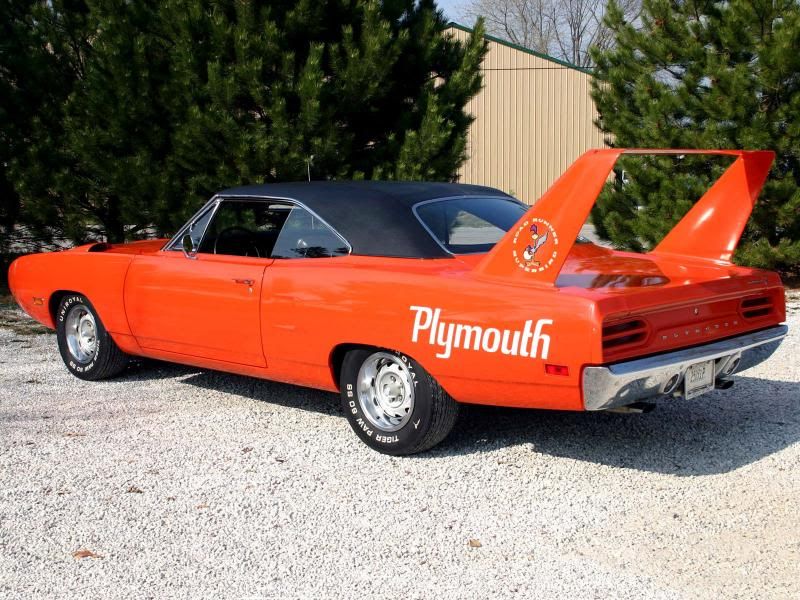
Superbirds had three engine options: the 426 Hemi V8 engine, the 440 Super Commando with a single 4-barrel carburetor, or the 440 Super Commando Six Barrel with three two-barrel carburetors.
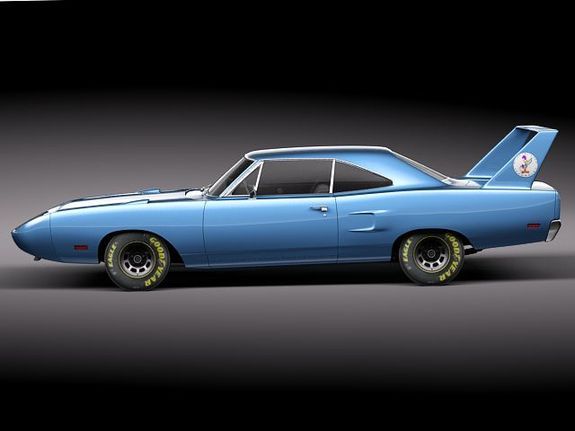
Only 135 models were fitted with the 426 Hemi. As the 440 was less expensive to produce, the "Street" version of the 426 Hemi engine used in competition was homologated by producing the minimum number required.
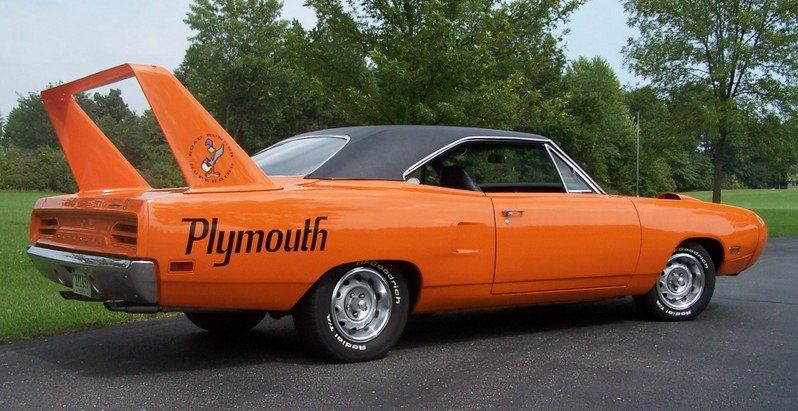
On the street, the nose cone and wing were very distinctive, but the aerodynamic improvements hardly made a difference there or on the drag strip.
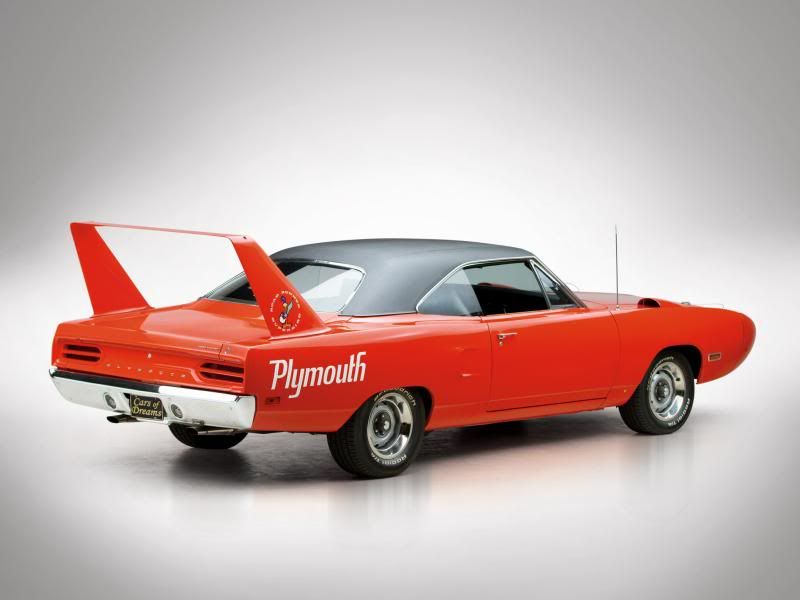
In fact, the 1970 Road Runner was actually quicker in the quarter mile and standard acceleration tests due to the increased weight of the Superbird's nose and wing.
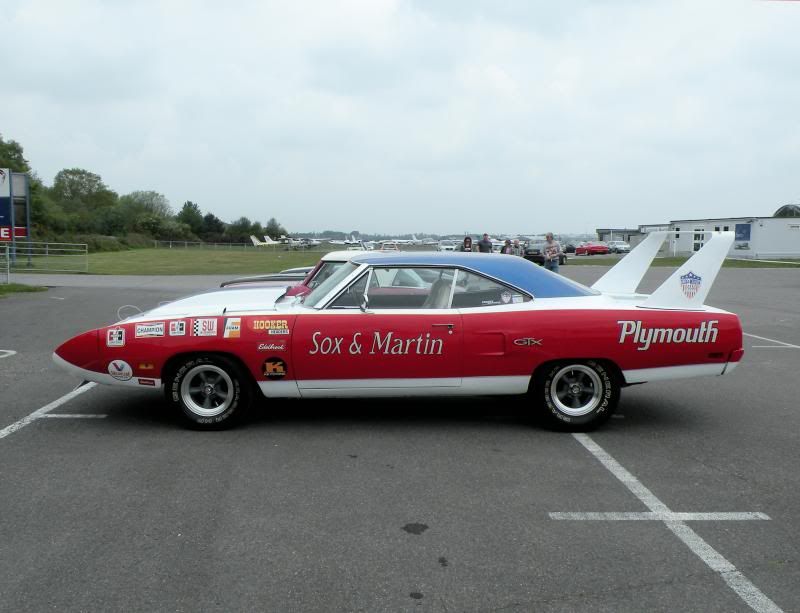
Only at speeds in excess of 60 mph (97 km/h) did the modifications show any benefit.
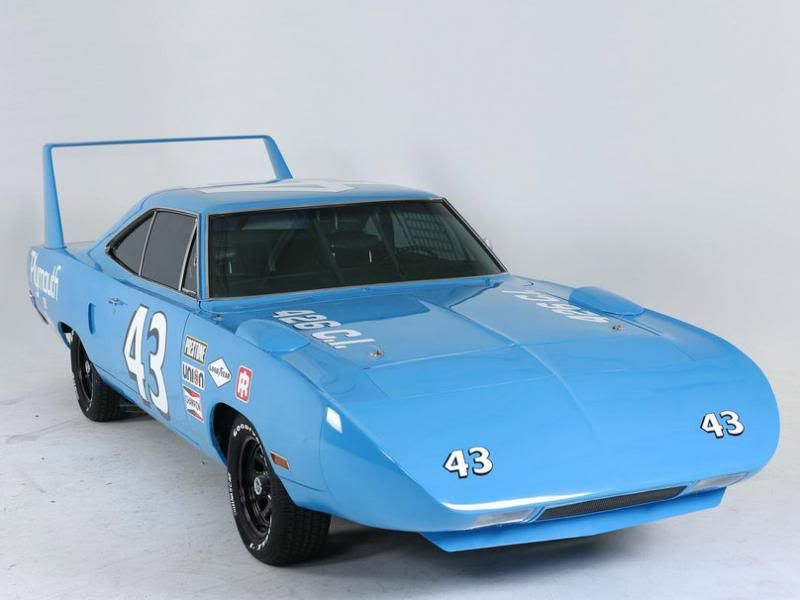
Production numbers for Plymouth Superbird
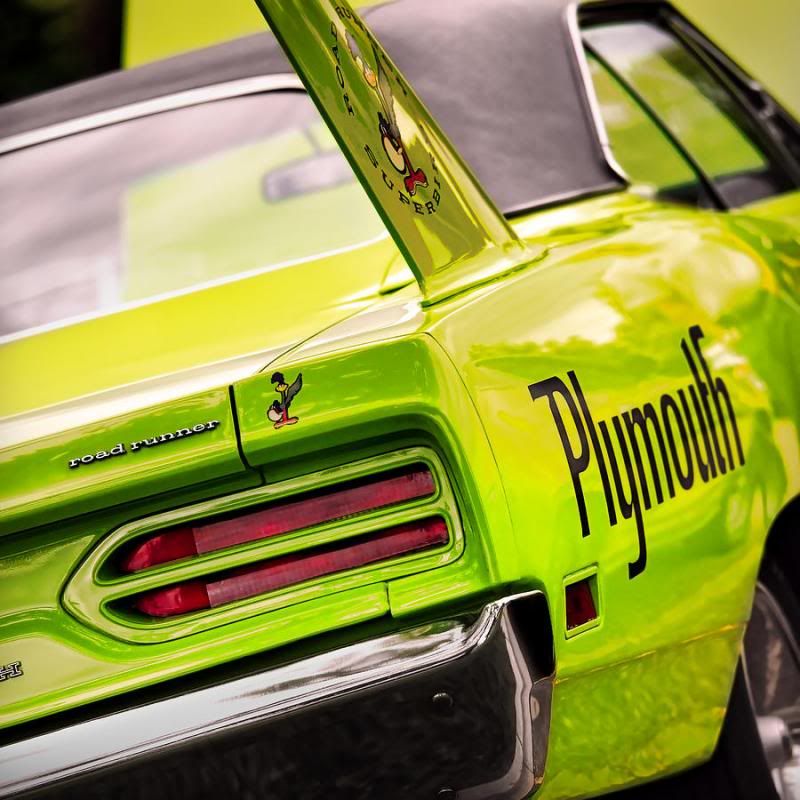
Chrysler memos of September 1969 show that the Sales Programming staff was preparing to handle 1,920 winged Plymouths for 1970, but published figures say as many as 2,783 were built.
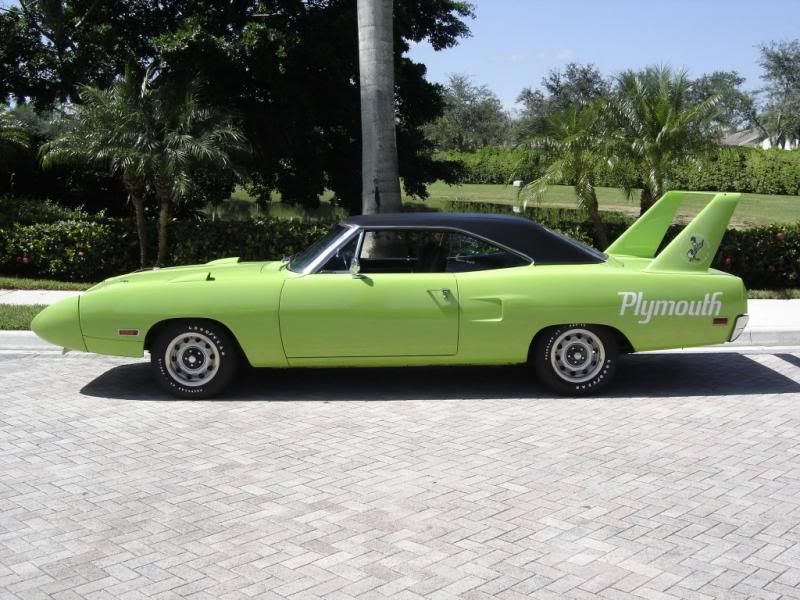
The current figure generally accepted is 1,935 SuperBirds built and shipped to United States dealers, with anywhere from 34 to 47 allegedly heading towards Canada.
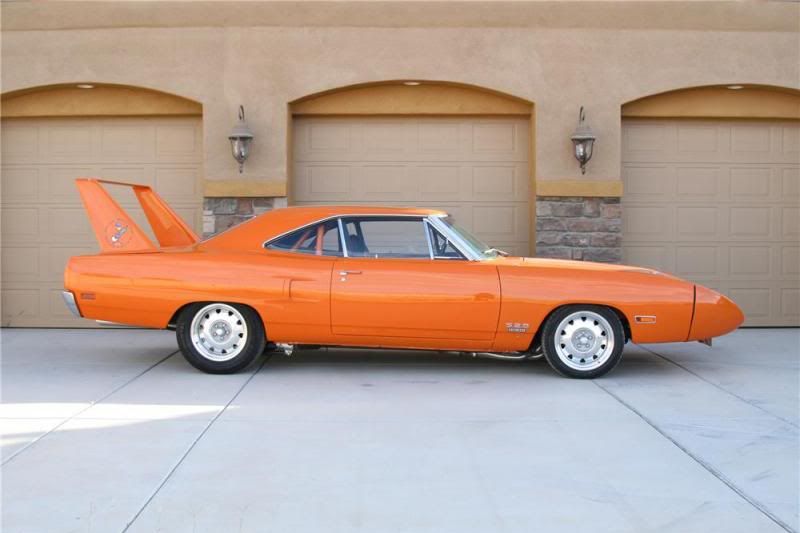
The engine option question is again a sticky one, although the most frequently seen numbers report 135 426ci. Hemi SuperBirds and 716 440ci.
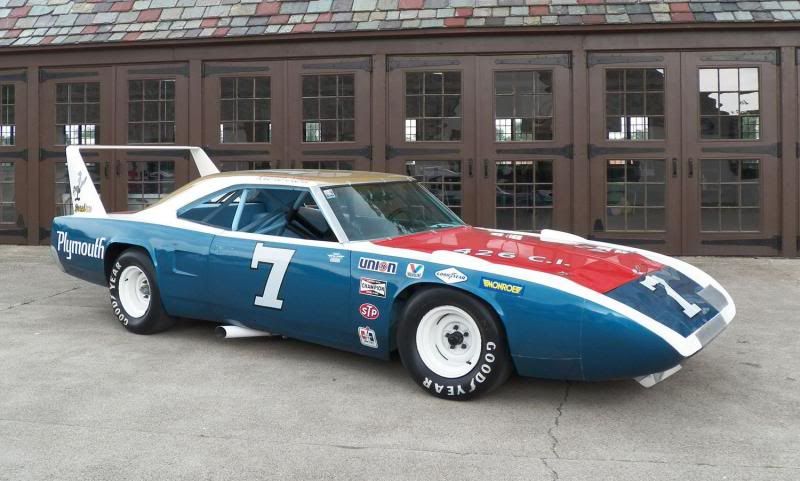
Six-Pack editions, with the remainder powered by 440ci. 4bbl. motors. It is believed that over 1,000 Plymouth SuperBirds exist today.[7]
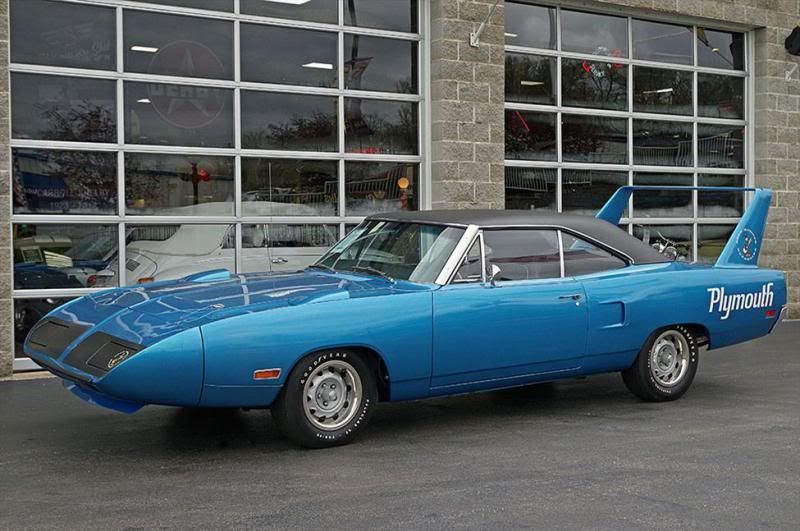
NASCAR and the Superbird Supremacy!
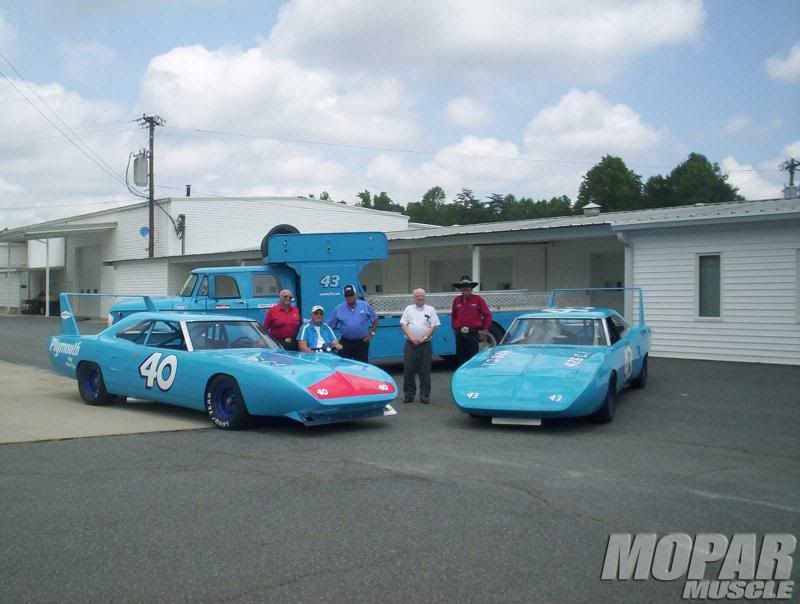
Petty's Road Runner Superbird on display at the Richard Petty Museum.
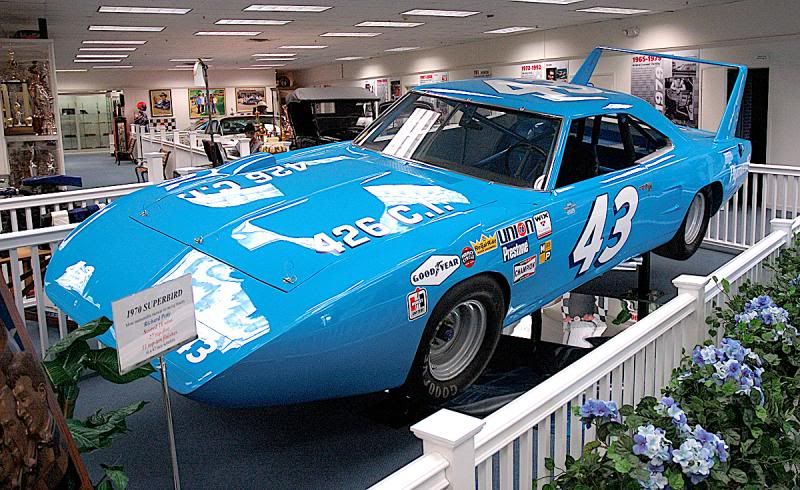

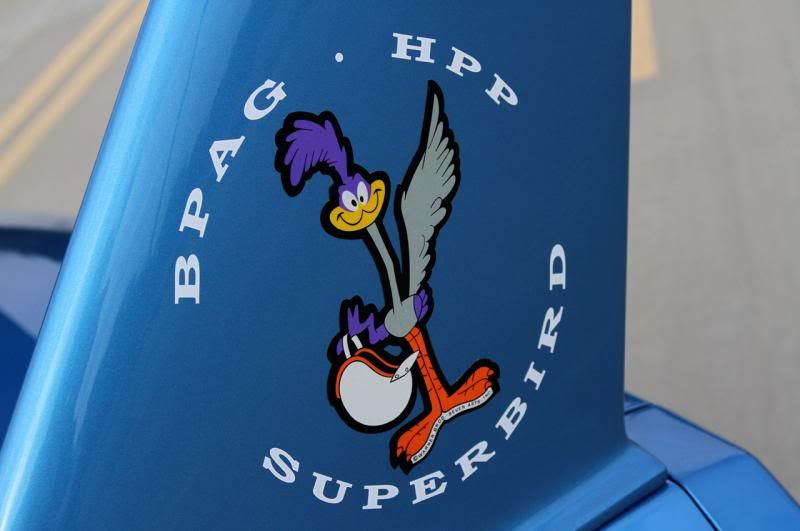
In Autumn 1968, Richard Petty left the Plymouth NASCAR Racing Team for Ford's. Charlie Grey, director of the Ford stock car program felt that hiring Petty would send the message that "money rules none".
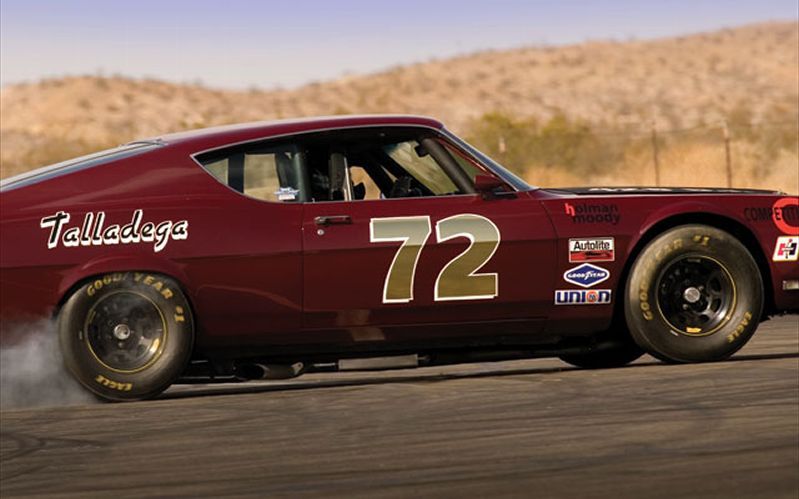
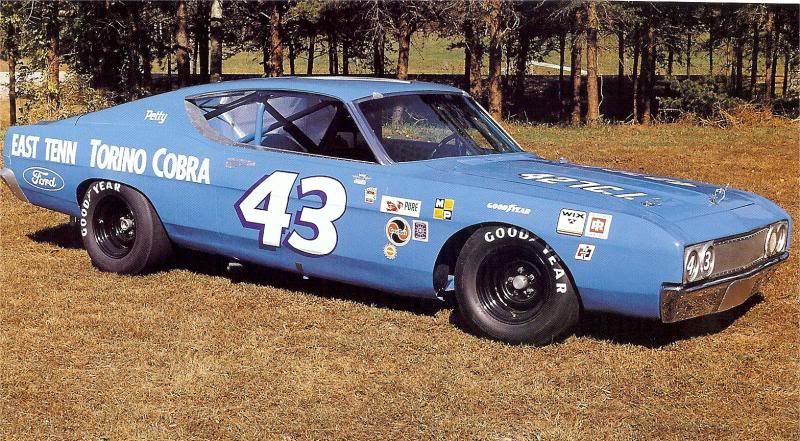
However, the Superbird was designed specifically to lure Petty back to Plymouth for the 1970 season.

Petty did reasonably well against strong Ford opposition on the NASCAR tracks that year, winning eight races and placing well in many more.
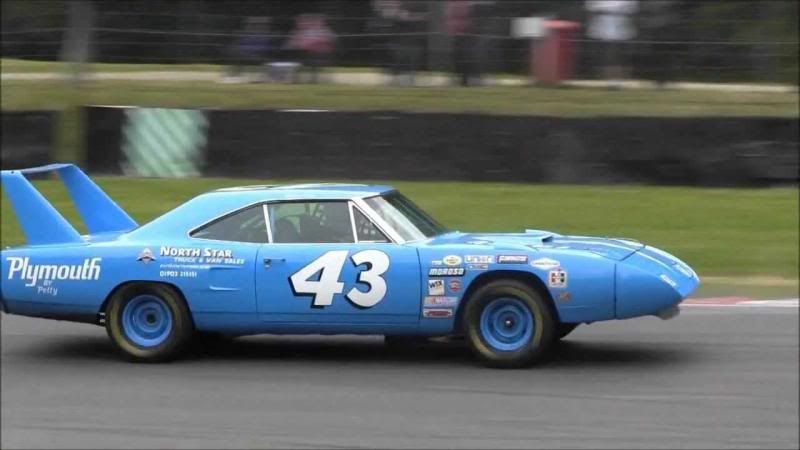
Petty's Superbird appears as a key character in 2006 film Cars, with Petty as the voice of seven-time champion "The King" #43.
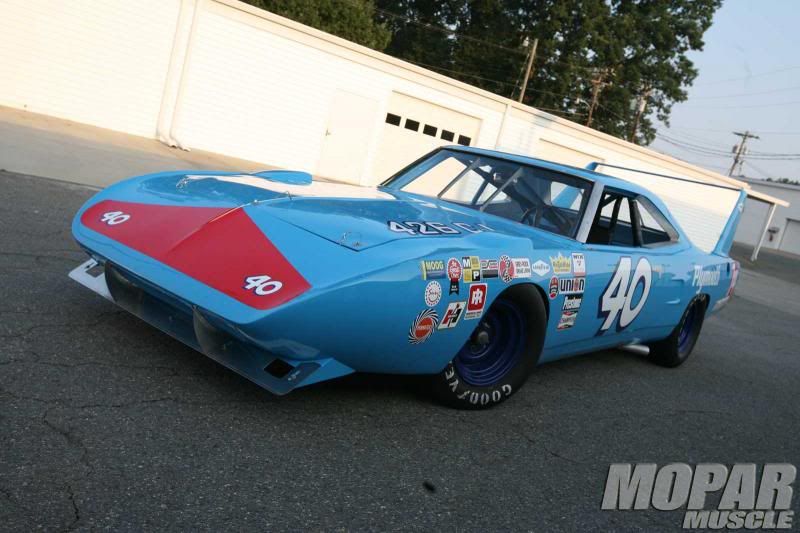
The racing sponsor's branding in the film exactly matches the Superbird's paint as "Dinoco blue".
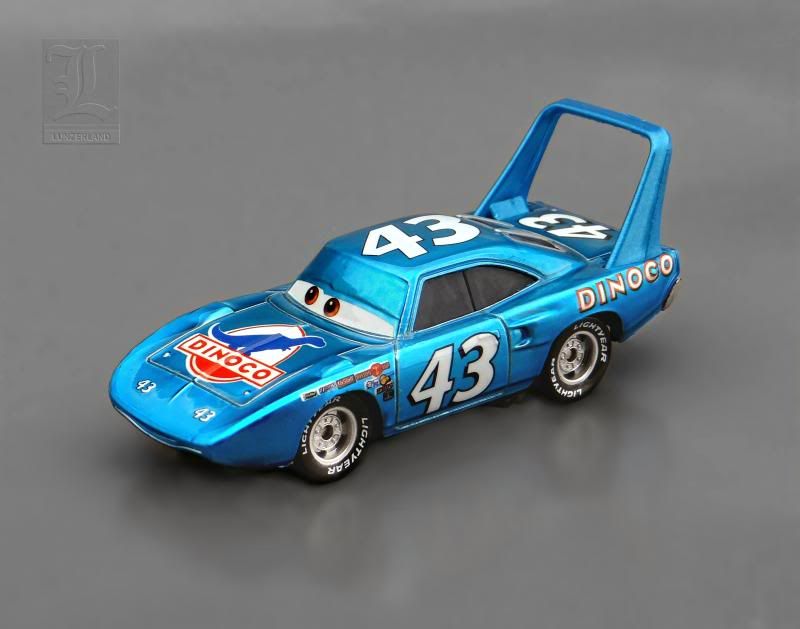

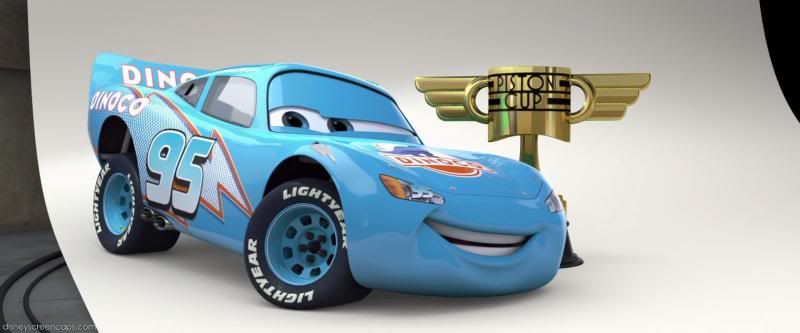
NASCAR's rules implemented for the 1971 season limited the "aero-cars" to an engine displacement of no greater than 305 cu in (5.00 l) or they had to carry much more weight compared to their competitors.

While they were still legal to race, the power-to-weight consequences that would come with the smaller engine or the increased weight rendered the cars uncompetitive.

This was the start of a trend of rules slowing down NASCAR, because the races were exceeding the technology of tires and safety over 200 mph (320 km/h).
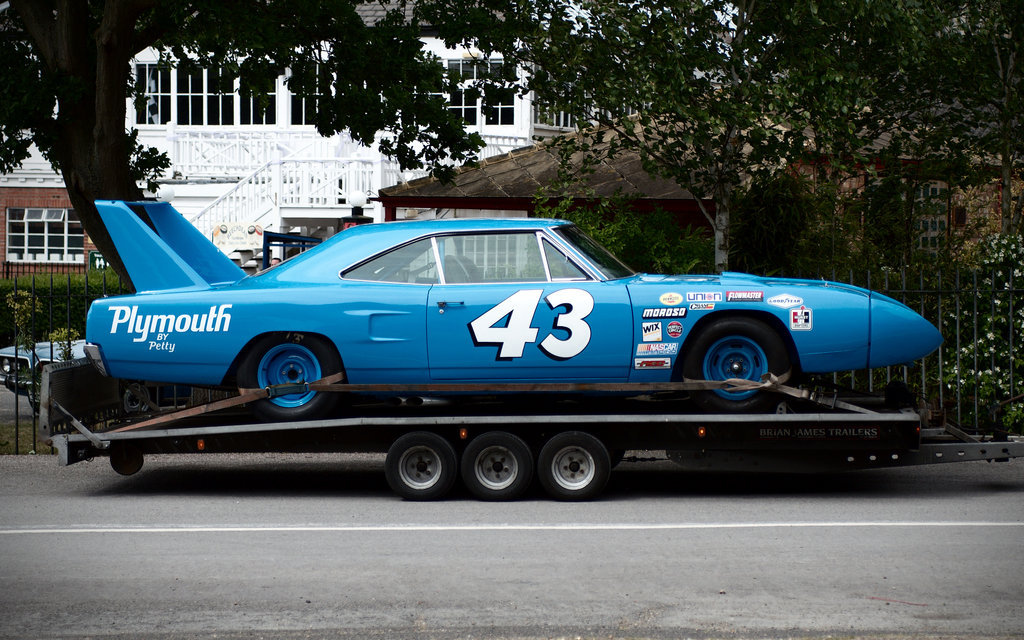
Ford in response also designed the 1970 Torino King Cobra with a batmobile-like nose, but it was abandoned.
Market Impact Plymouth Superbird

The Superbird's styling proved to be a little extreme for 1970 tastes (many customers preferred the regular Road Runner), and as a consequence, many of the 1,920 examples built[8] sat unsold on the back lots of dealerships as late as 1972.
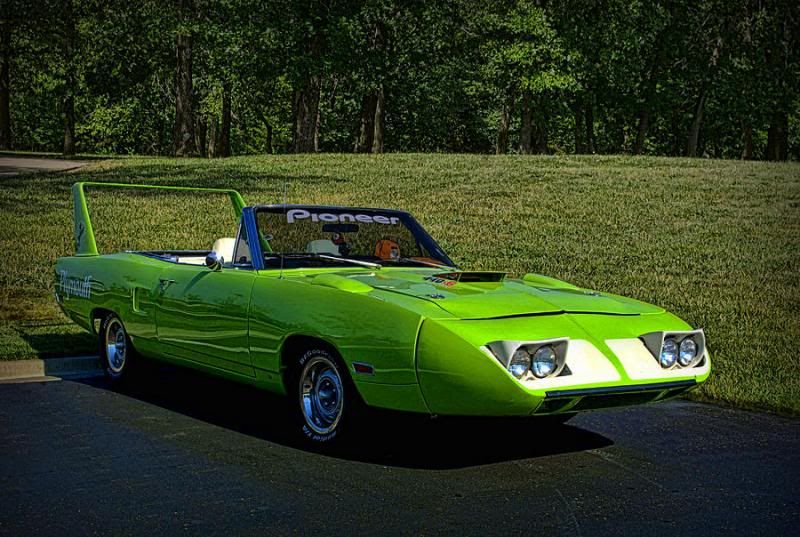
Some were converted into 1970 Road Runners to move them off the sales lot.
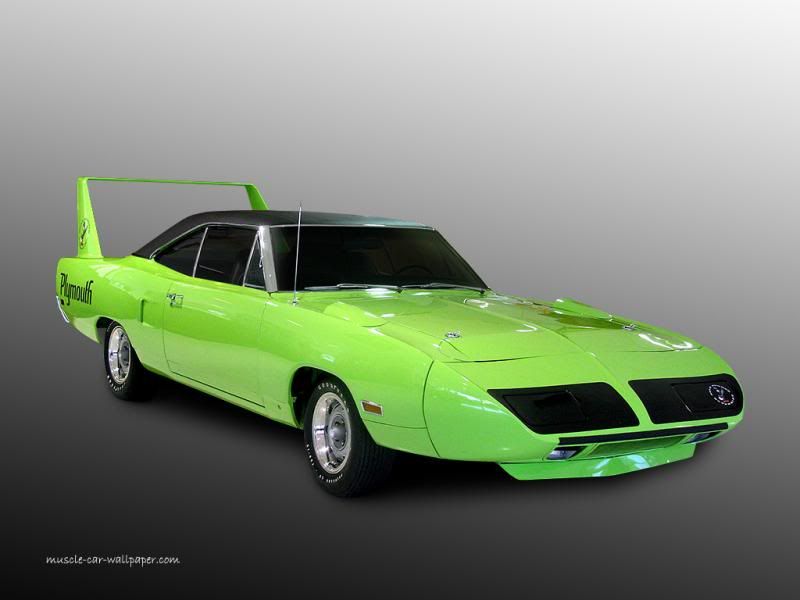
Some manufacturers produce Superbird conversion kits for 1970 Road Runners and Satellites.
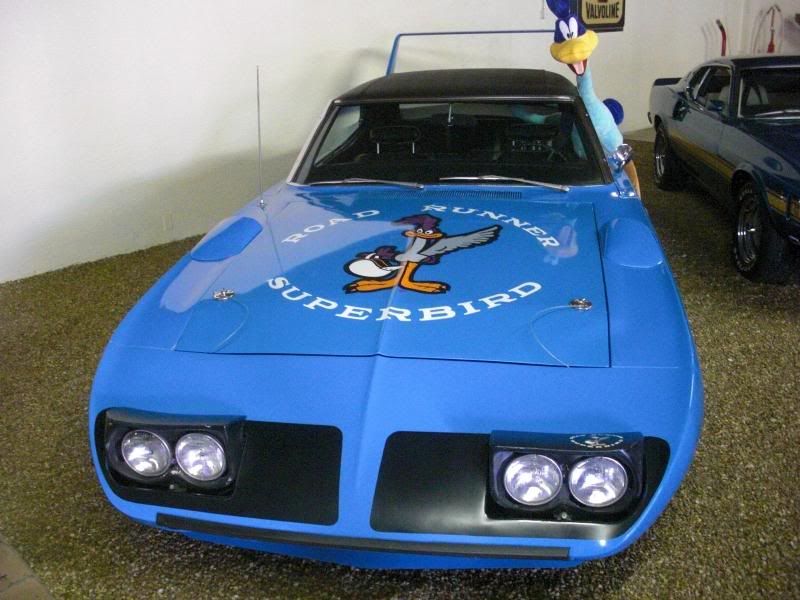
Kits are also available for non produced 1971 and 1972 bodies for the Superbird.[citation needed]
More recently they have been very steady in pricing, with them regularly fetching $100,000+ USD up to $200,000 however this does vary based on the engine, gearbox and other factory options on the car.[9][10]
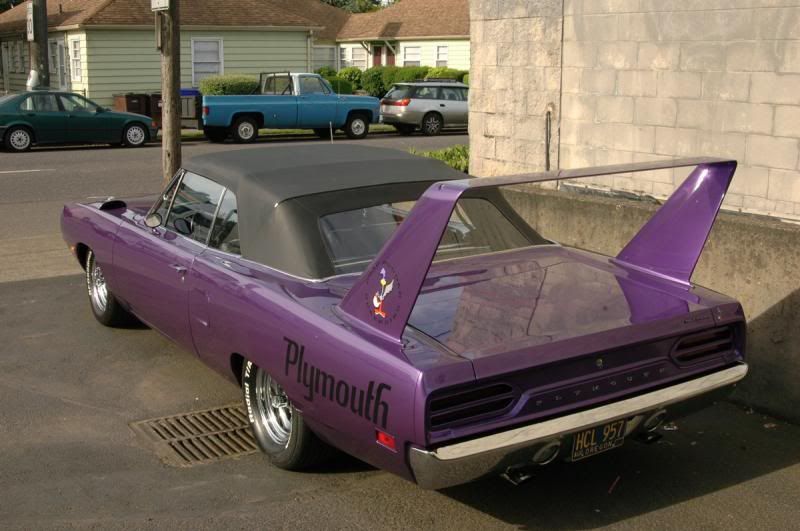
The Superbird and the Dodge Charger Daytona were each built for one model year only (1970 and 1969 respectively).
Dodge Charger Daytona
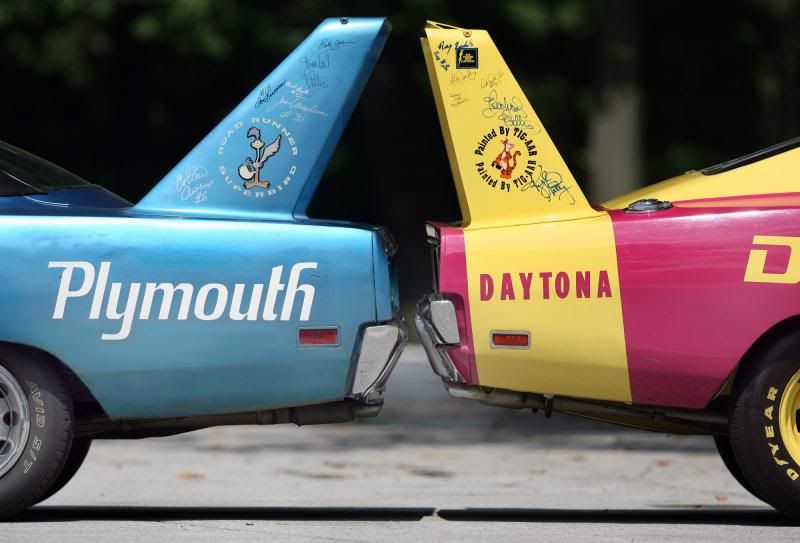
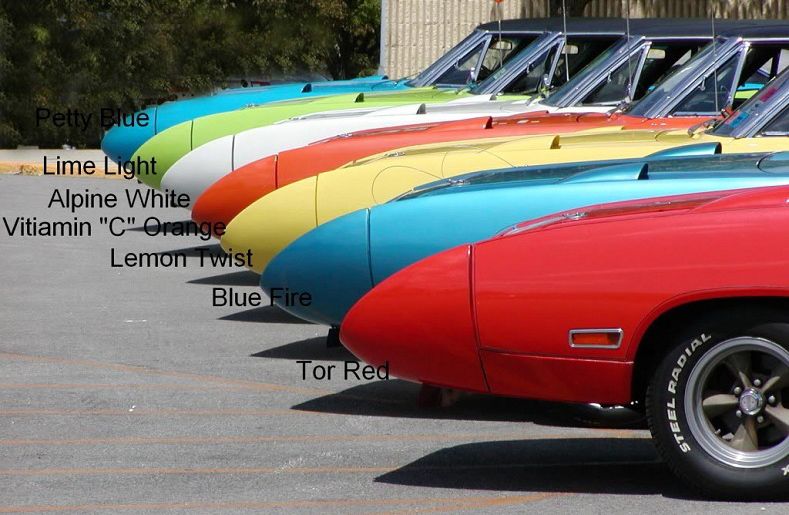
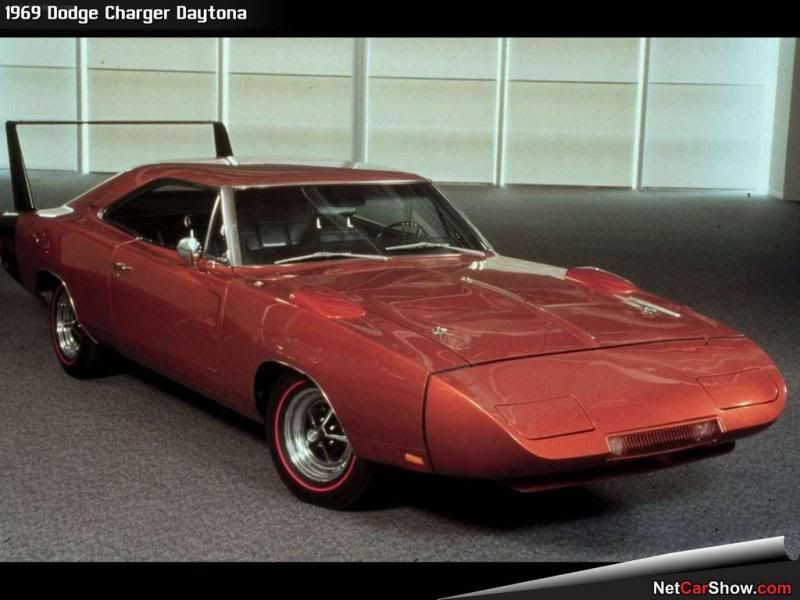
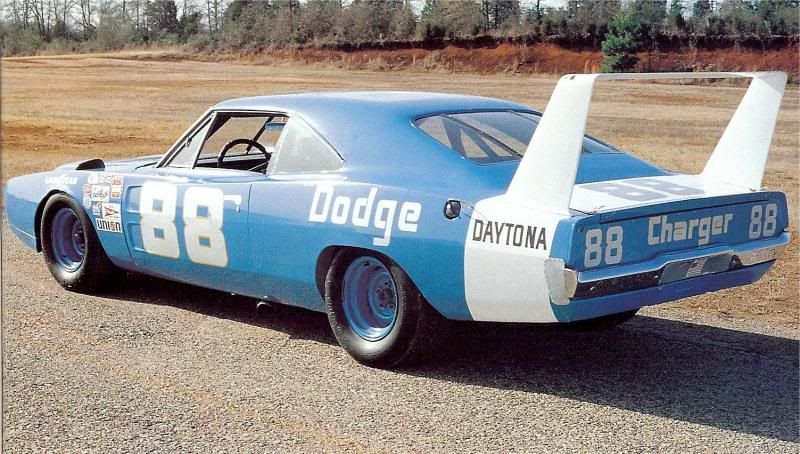
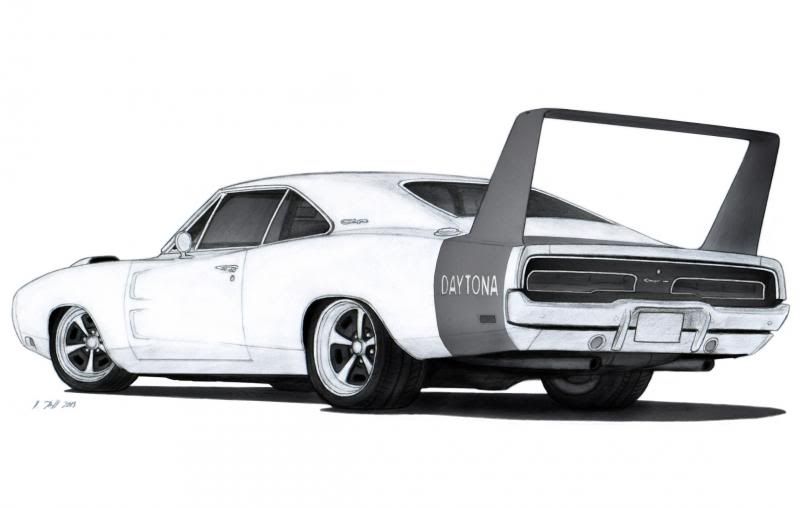
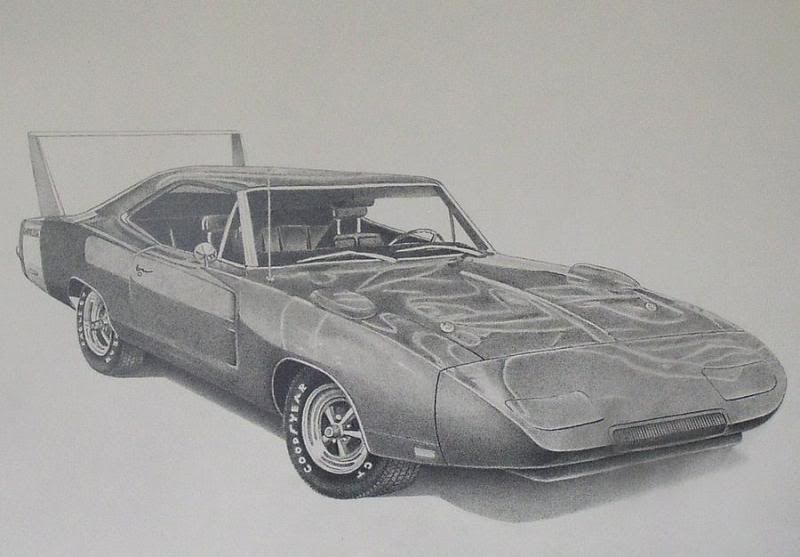
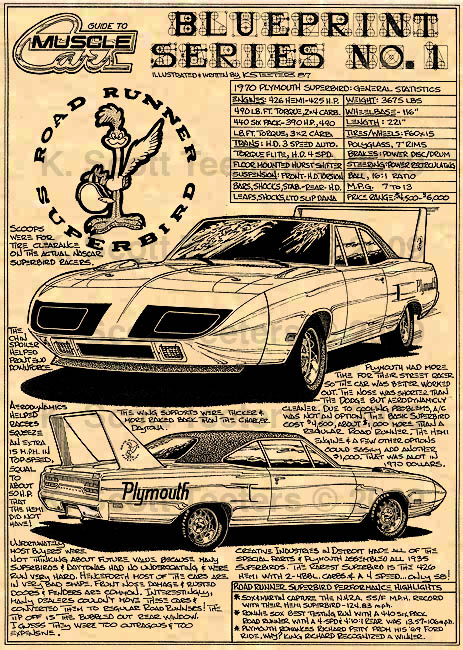
Plymouth Road Runner Superbird...
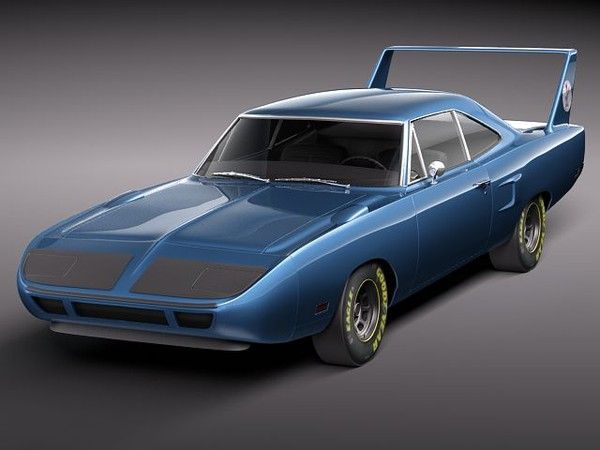

References
Various images are used from Google search engine.
"Street SuperBird Specifications". Aero Warriors. Retrieved 2011-11-20.
Auto Editors of Consumer Guide (2007-01-16). "HowStuffWorks "1970 Plymouth Road Runner Superbird: A Profile of a Muscle Car"". Musclecars.howstuffworks.com. Retrieved 2011-11-20.
www.usatoday.com/story/money/cars/2013/11/03/plymouth-road-runner-superbird-auction/3349815/
"Plymouth Road Runner Superbird, 1970 Road Runner Superbird | Conceptcarz.com - Pictures, Pricing, Information, Wallpaper, History". Conceptcarz.com. Retrieved 2011-11-20.
"Street SuperBird Specifications". Aero Warriors. Retrieved 2011-11-20.
"Street SuperBird Specifications". Aero Warriors. Retrieved 2011-11-20.
The Story of the Dodge Charger Daytona and Plymouth SuperBird; Frank Moriarty: ISBN 1-57427-043-5, (1995), page 149.
Flory, J. "Kelly", Jr. American Cars 1960-1972 (Jefferson, NC: McFarland & Coy, 2004), p.771.
RM Auctions rmauctions.com/results/result.cfm?feature=0&category=Cars&sort=year&view=list&SaleCode=&fromYear=&toYear=&lot=&make=plymouth&model1=superbird&submit=Search
Haggerty Classic Car values www.hagerty.com/price-guide/1970-Plymouth-Superbird
en.wikipedia.org/wiki/Plymouth_Superbird

Hot Wheels Plymouth Superbird
Well what about Hot Wheels, did they produce a 1:64 scale Plymouth Superbird? You betcha...but it sure took them a long time to jump in.
The Hot Wheels '70 Plymouth Superbird is based off of the actual production model. The 2010 Mopar Mania editions are based on the Plymouth Superbird NASCAR Race Car. Both are cool and have been released several times. Here are some images that I've gathered...
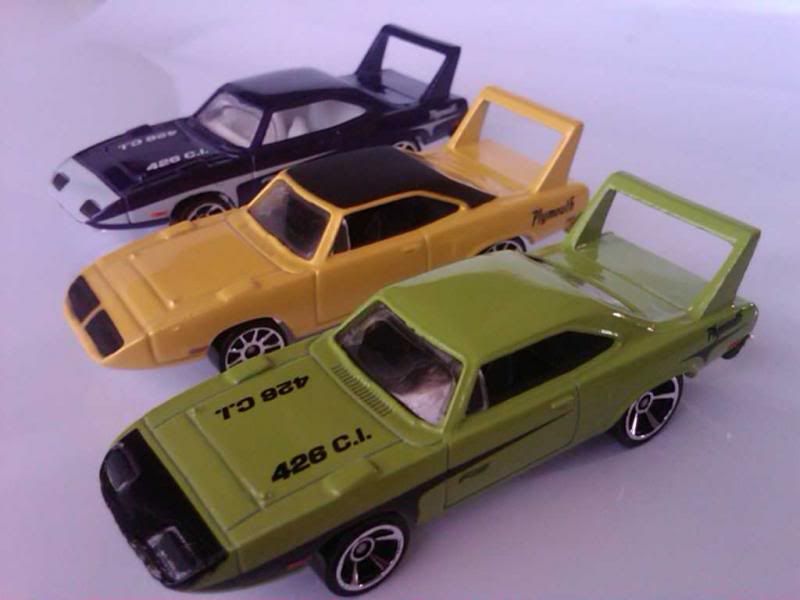

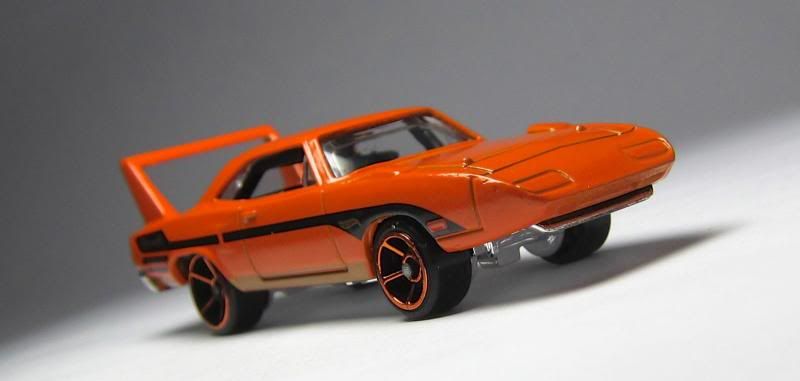
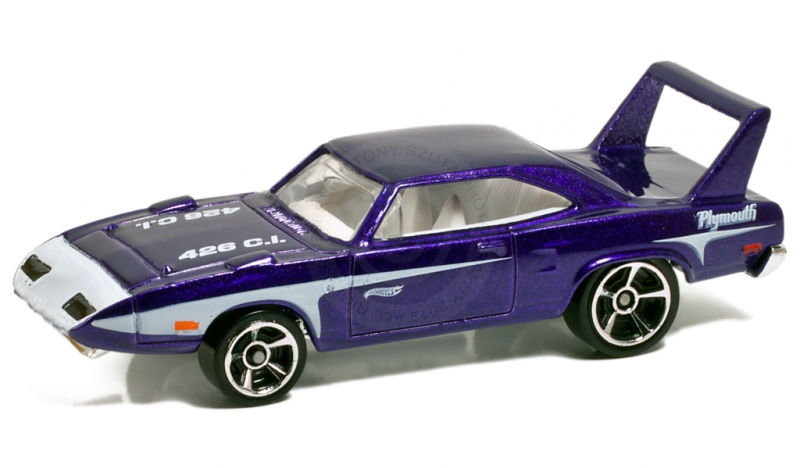

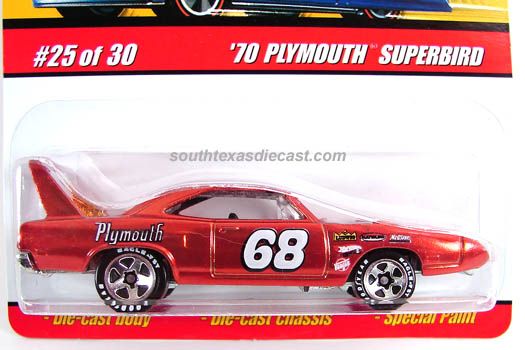
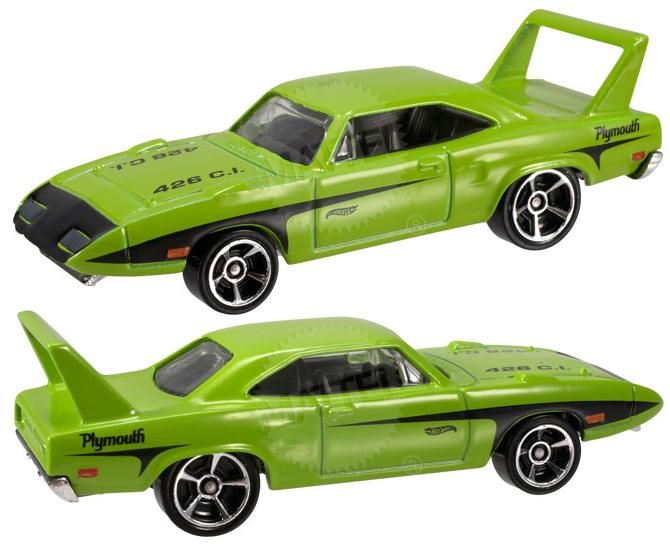

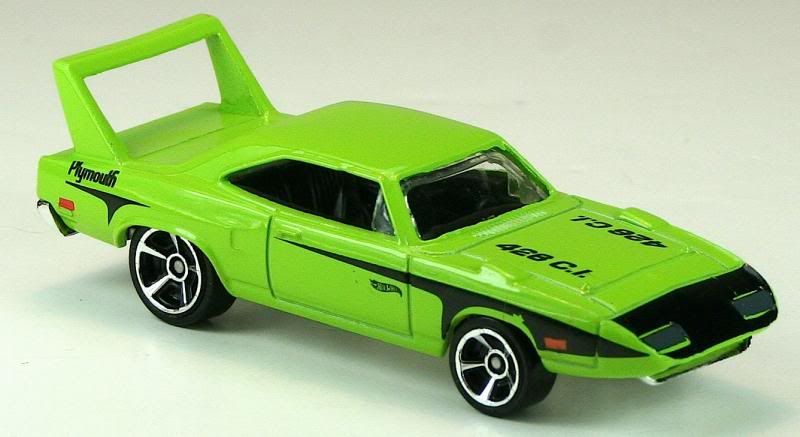
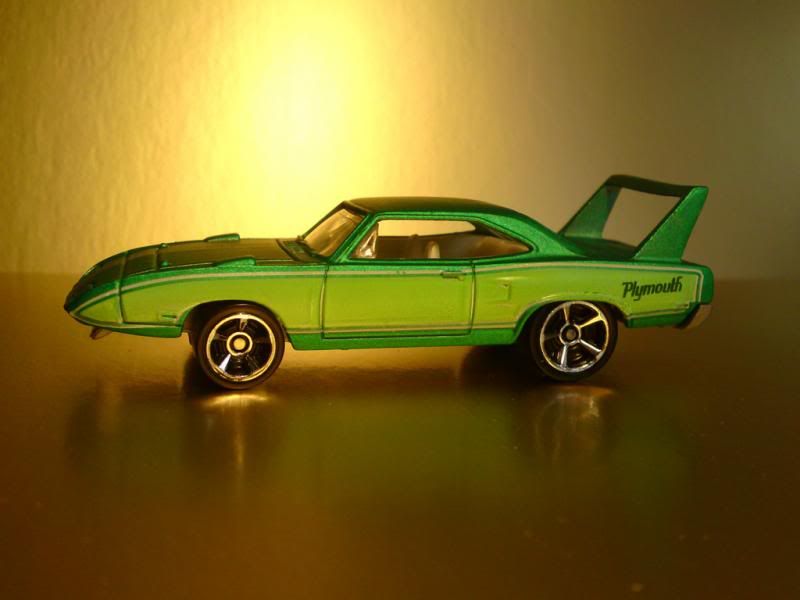
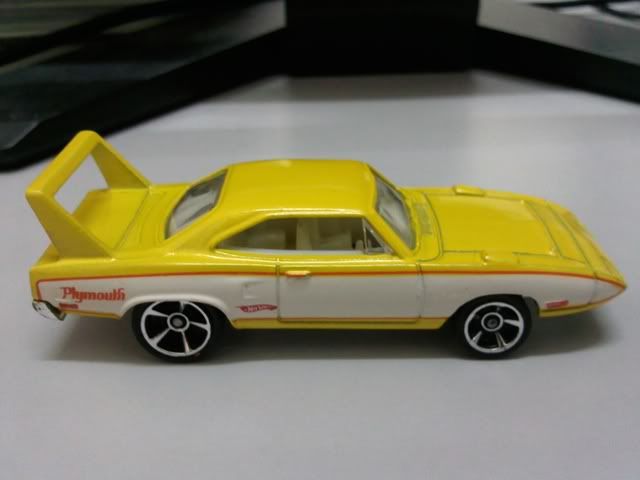
Working on more images....
All the releases are listed below...
hotwheels.wikia.com/wiki/%2770_Plymouth_Superbird
Now isn't this interesting...
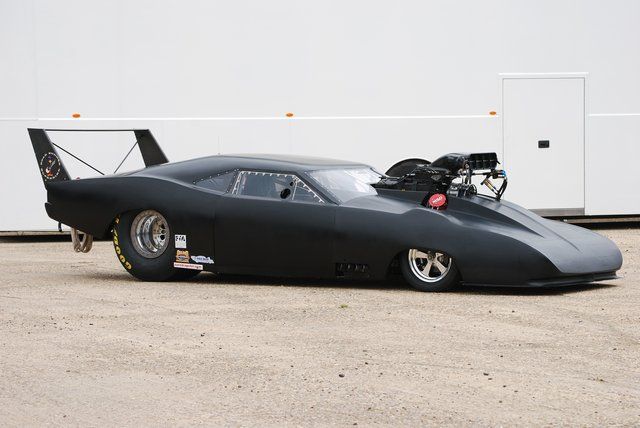
This concept is impressive too...





